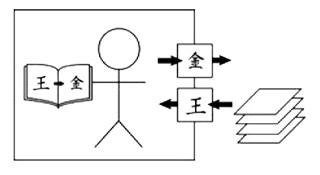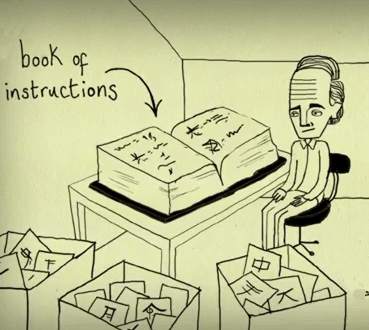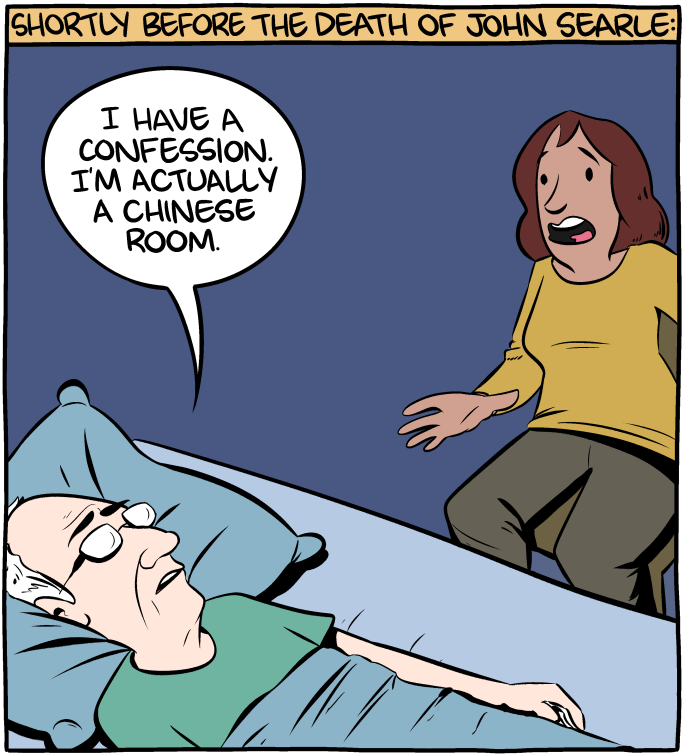In 1980 he proposed the chinese room thought experiment in order to challenge the concept of strong artificial intelligence and not because of some 80s design fad.
John searle chinese room test.
In this article searle sets out the argument and then replies to the half dozen main objections that had been raised during his earlier presentations at various university campuses see next section.
Number three the chinese room.
In 1980 john searle published a paper minds brains and programs in behavioral and brain sciences and introduced a famous thought experiment.
The chinese room conundrum argues that a computer cannot have a mind of its own and attaining consciousness is an impossible task for these machines.
The chinese room argument.
American philosopher and rhodes scholar john searle certainly can.
Can a machine ever be truly called intelligent.
If the computer had passed the turing test this way it follows says searle that he would do so as well simply by running the program manually.
Searle could receive chinese characters through a slot in the door process them according to the program s instructions and produce chinese characters as output.
In 1980 john searle published minds brains and programs in the journal the behavioral and brain sciences.
Below is a flash animation where a representation of john searle is busy at work inside the chinese room.
60 second adventures in thought.



























